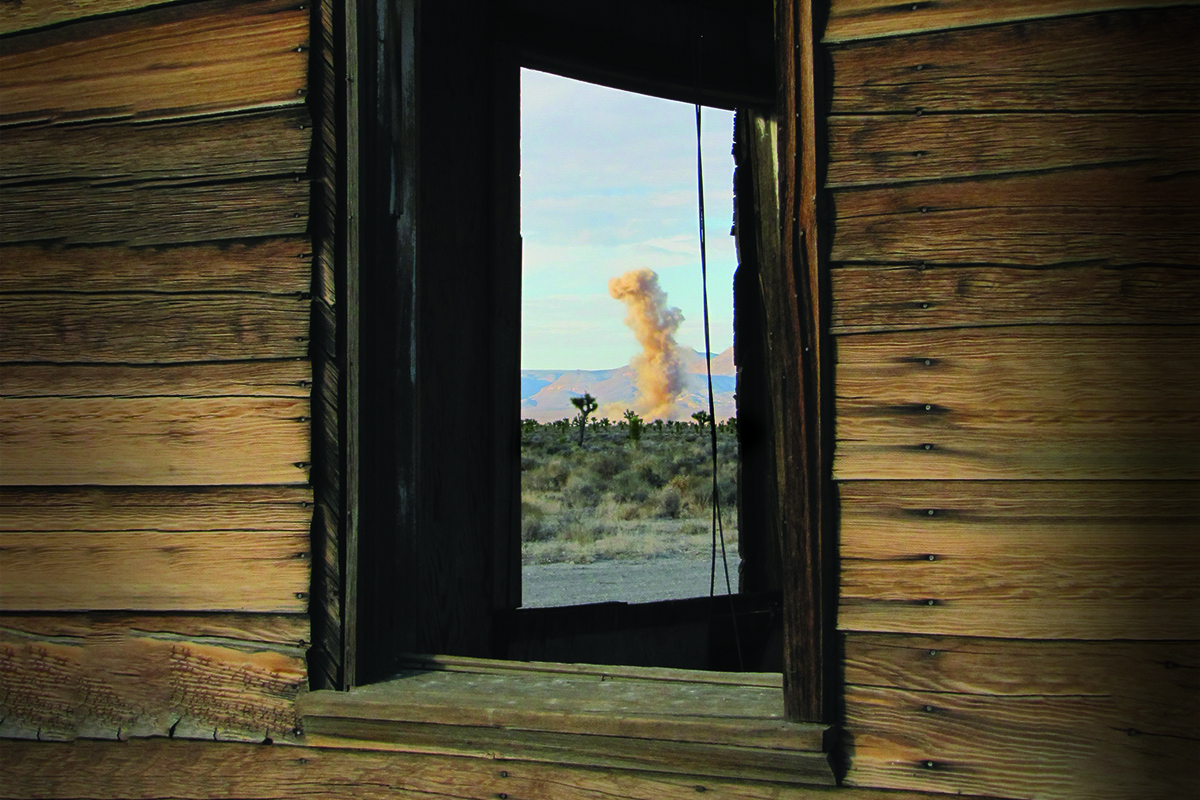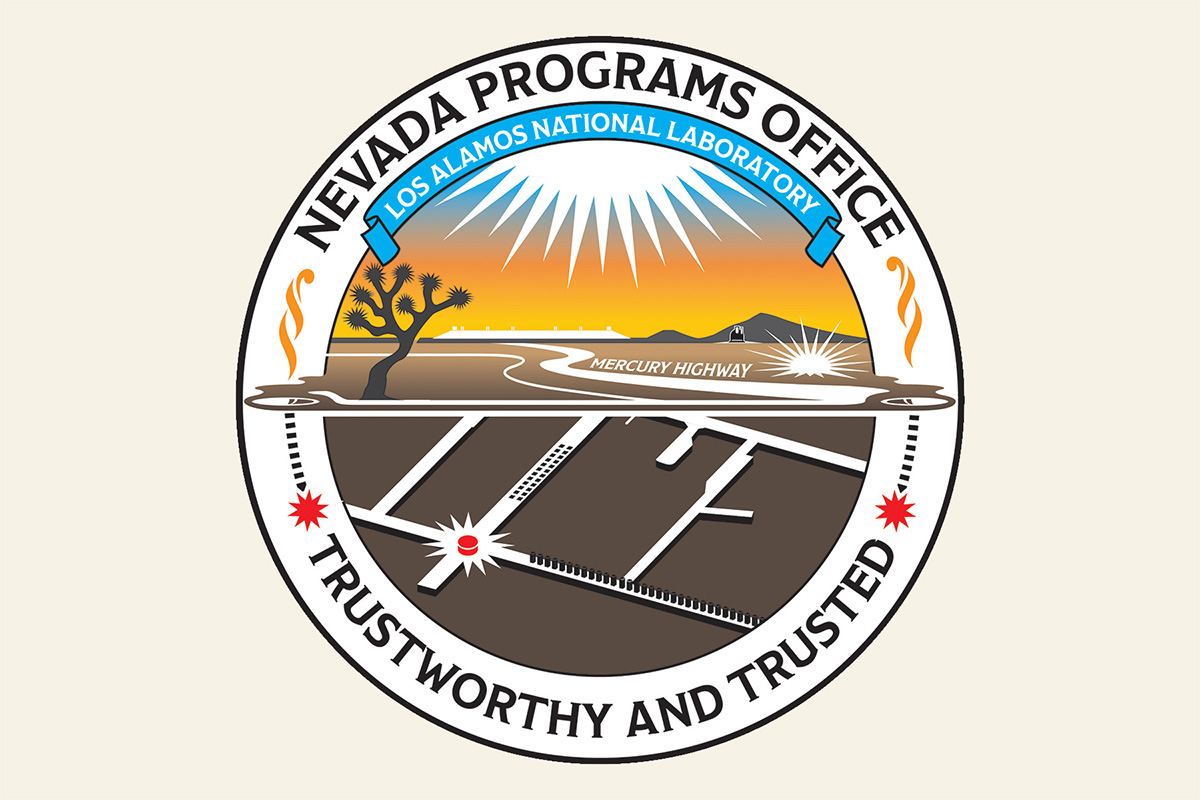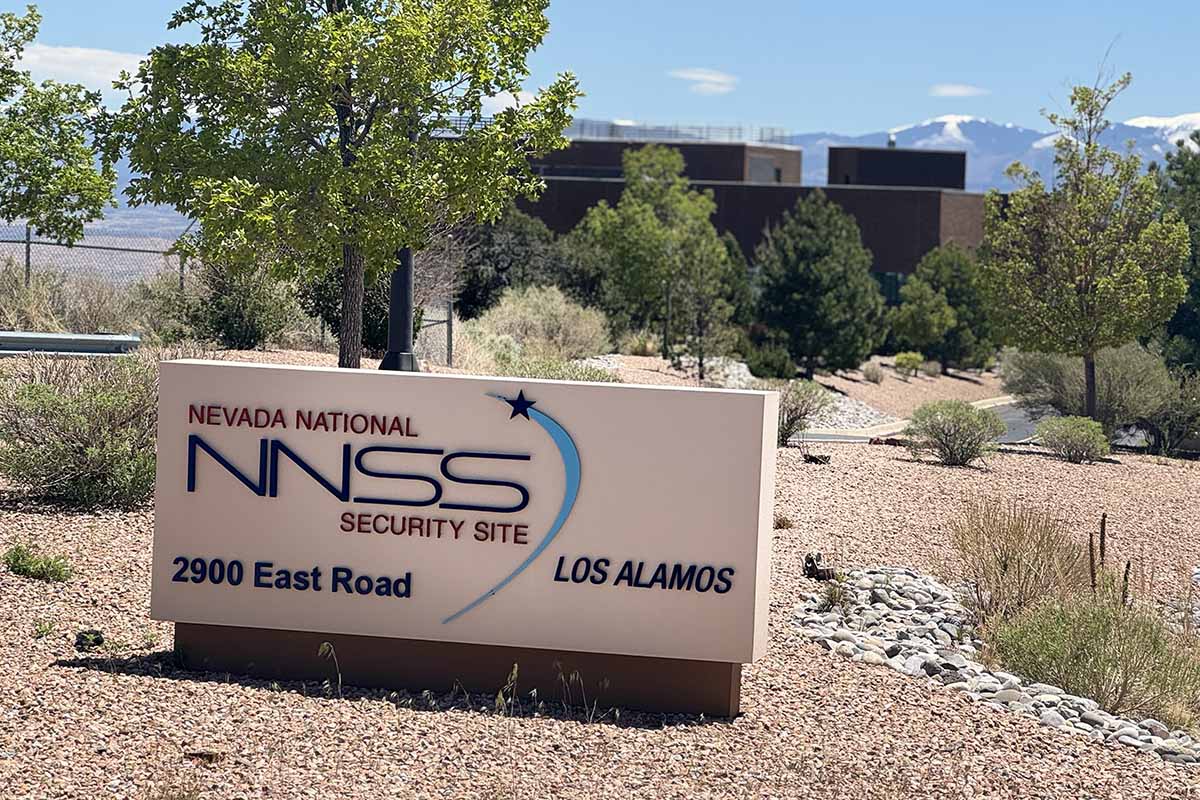Ron Cosimi remembers
A former nuclear testing director reflects on U.S.–Soviet relations during the Cold War.
- Jake Bartman, Communications specialist
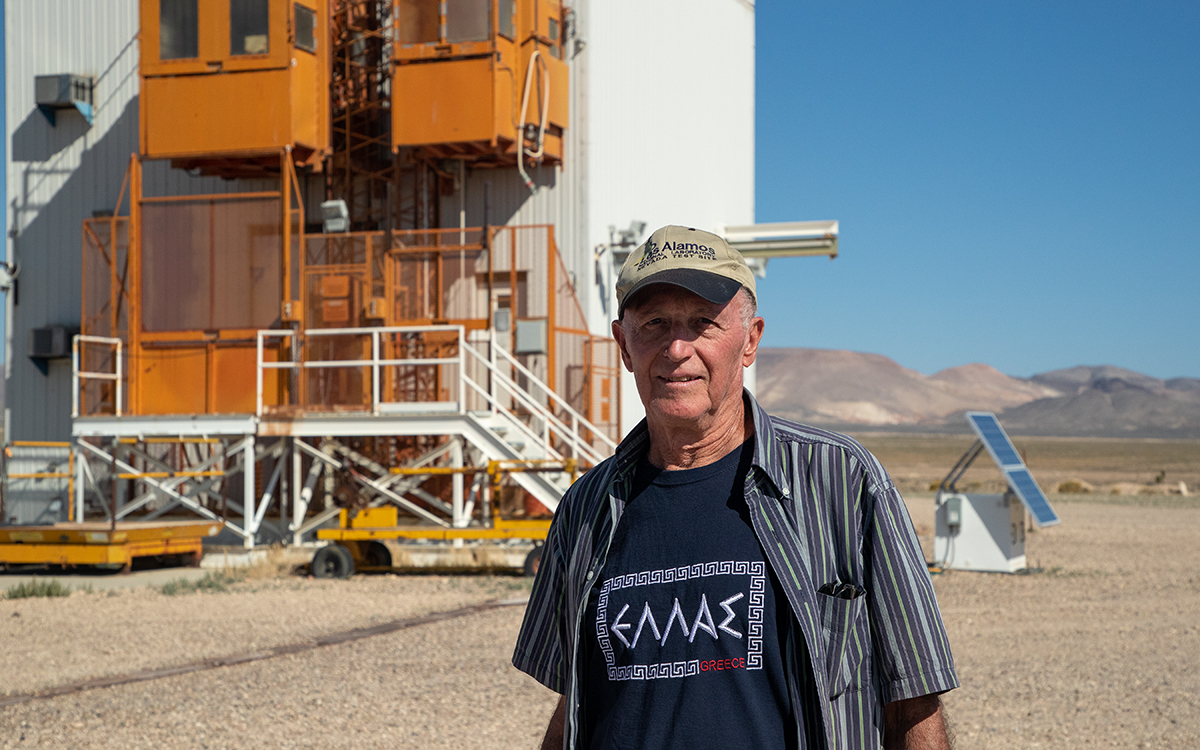
Ron Cosimi, who in November 1989 was one of the test directors for Los Alamos National Laboratory’s nuclear testing program, was in his first-ever meeting with the Soviet Union’s nuclear testing delegation when events took a dramatic turn.
“In the middle of the meeting, someone came in and whispered in the Soviet delegation leader’s ear, and his face went white,” Cosimi remembers. “And the Soviet leader said, ‘Break.’ So, we took a break, and we were sitting in the meeting room, wondering what was wrong. I asked someone, ‘Is he sick? What’s going on?’ Finally, someone came in and said, ‘You won’t believe what’s on TV.’”
It turned out that during the meeting, the Berlin Wall had fallen—a development that showed the Soviet Union’s weakness and marked the beginning of the end of the Cold War (the Soviet Union dissolved two years later). “The meeting went a lot faster after that,” Cosimi says. “I think the Soviets had orders to get back home.”
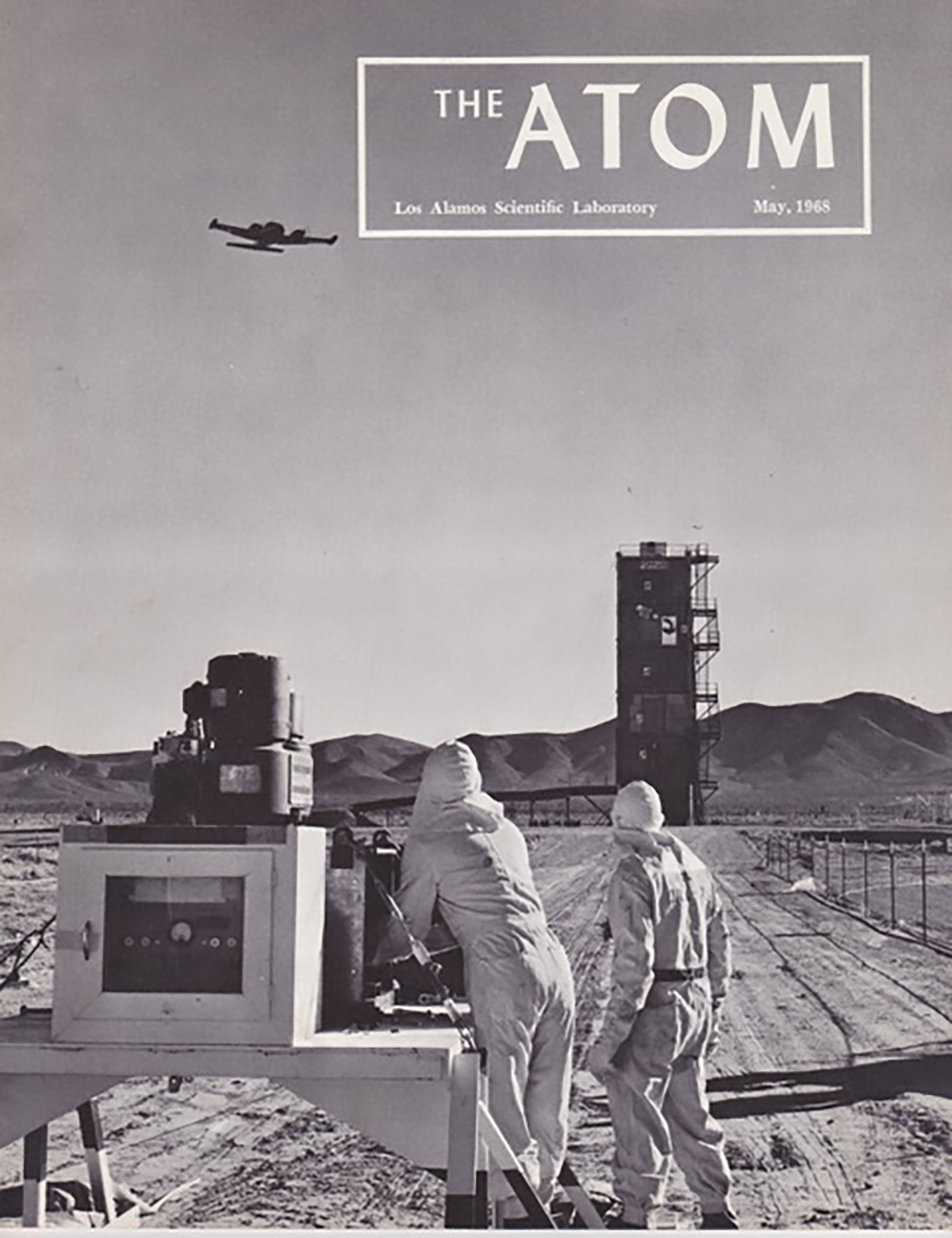
Cosimi’s career at Los Alamos spanned most of the Cold War: He joined the Laboratory in 1965 and retired in 1998. An engineer by training, Cosimi supported some 80 Los Alamos–led full-scale tests of nuclear devices, acting as the Laboratory’s test director for 14 of those tests. Beyond being scientific achievements in their own right, these tests supported the development of nuclear weapons that shaped how the Soviet Union viewed the United States (and vice versa).
According to Cosimi, J Division—the Los Alamos division that planned and executed nuclear tests at the Nevada Test Site (now the Nevada National Security Sites)—focused more on the specifics of its work than on how that work affected the broader Cold War. But the sense that nuclear testing played a key role in the nation’s nuclear weapons development and, by extension, in the United States’ competition with the Soviet Union, fostered a sense of purpose. “We thought of ourselves as warriors,” Cosimi says. “J Division was like an army. Whatever you did, you depended on your coworkers, just like in a military unit.”
Relations between the United States and the Soviet Union thawed in the mid-1980s. In 1987, the United States and the Soviet Union began working together to develop diagnostic techniques that would allow them to ensure that neither country’s nuclear tests exceeded the 150-kiloton yield limit established by the Threshold Test Ban Treaty (TTBT). This effort culminated in the Joint Verification Experiment, which saw two nuclear tests—one in the Soviet Union and one in the United States—carried out collaboratively.
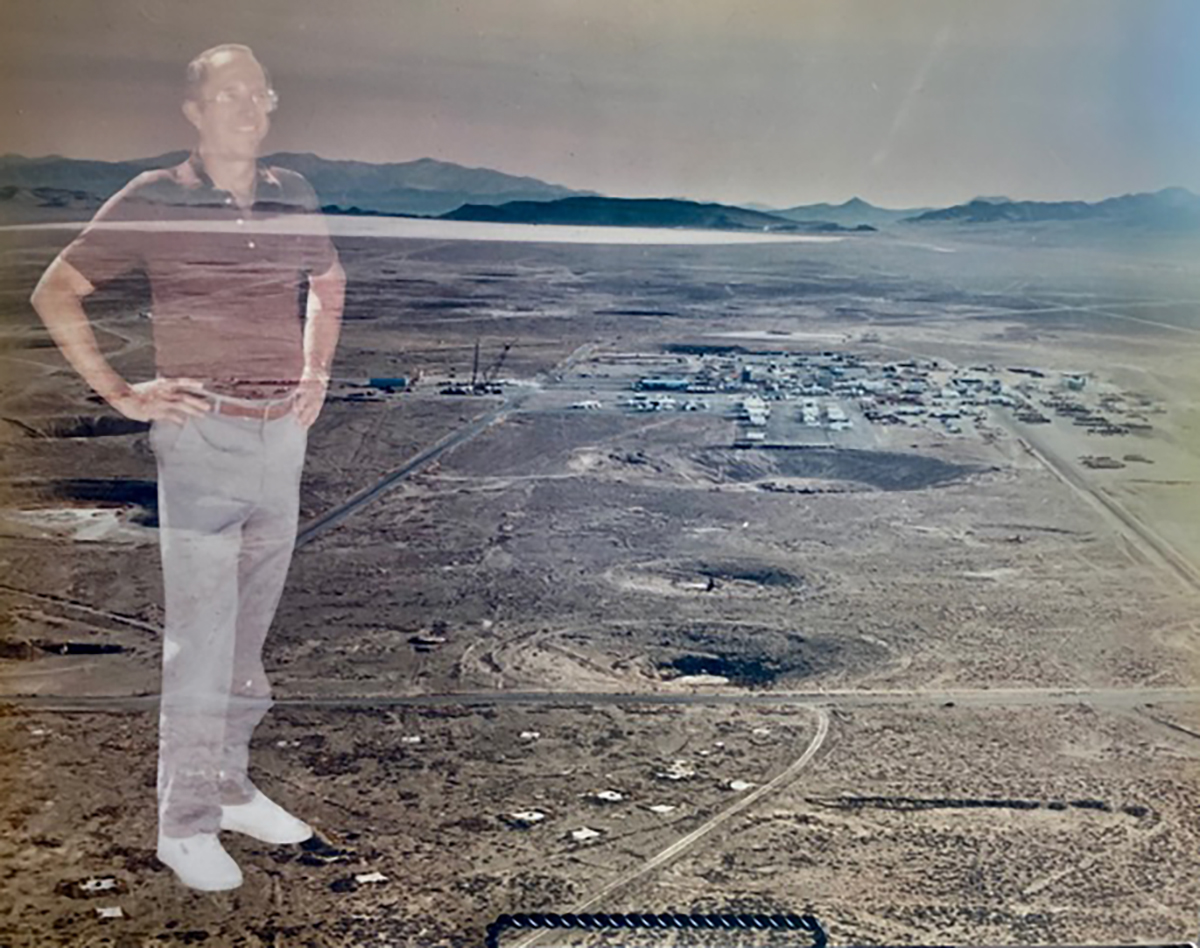
Per the TTBT, either country could send representatives to observe the other’s nuclear tests (which was why Cosimi went along with the U.S. delegation to meet with Russian leaders on a number of occasions between 1989 and 1991). These meetings were focused on preparing for a Los Alamos test called Junction, which took place in Nevada in March 1992. Cosimi recalls hosting Russian scientists for the Junction test. Originally skeptical of each other’s motives, relations between the Russian and American scientists warmed to such an extent that after several weeks, members of the Russian delegation even began to work alongside the Americans to prepare the test.
In the fall of 1992, nearly a year after the Cold War’s end, Cosimi was leading preparations for several nuclear tests when President George H. W. Bush declared a 90-day moratorium on testing. When it became clear that this moratorium would last longer than 90 days (the moratorium remains in effect today), Cosimi spearheaded the development of the Laboratory’s subcritical testing program.

Today, Cosimi travels frequently to Nevada to tour Laboratory employees and others around the onetime center of the nation’s nuclear testing program. Cosimi says that the amount of activity at facilities such as the Principal Underground Laboratory for Subcritical Experimentation, where Los Alamos conducts subcritical tests and is assembling the Scorpius accelerator, reminds him of the heyday of the testing era.
“It’s like a city down there now,” Cosimi says. “It looks just like it used to during testing.” But, he adds, “I do still miss the testing days.” ★
In 2023, National Security Science released a three-part podcast series about past, present, and future work at the Nevada National Security Sites. Listen here:

